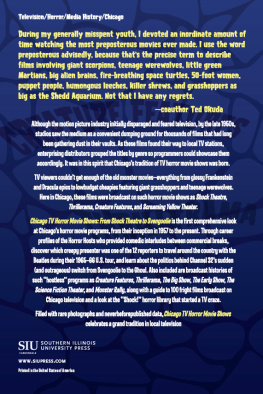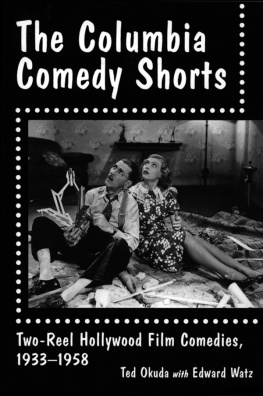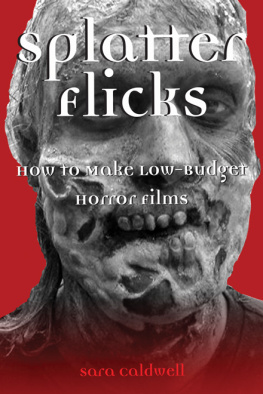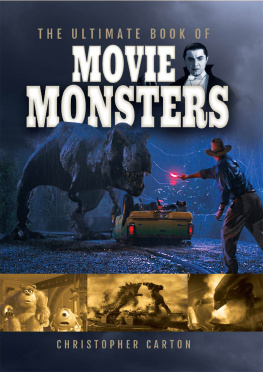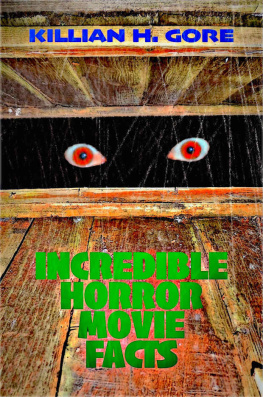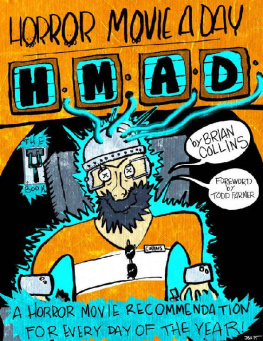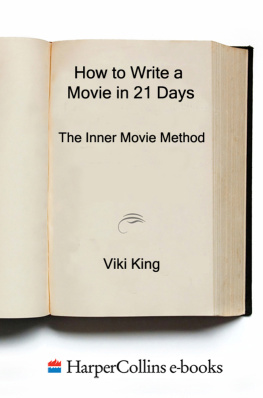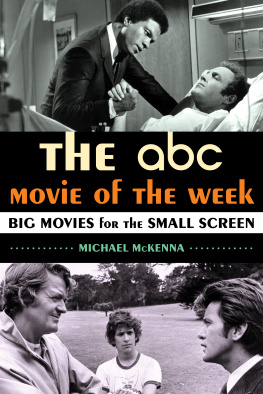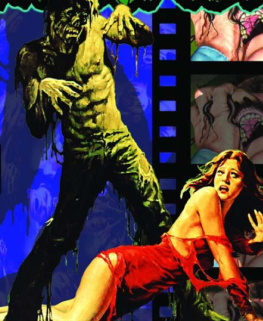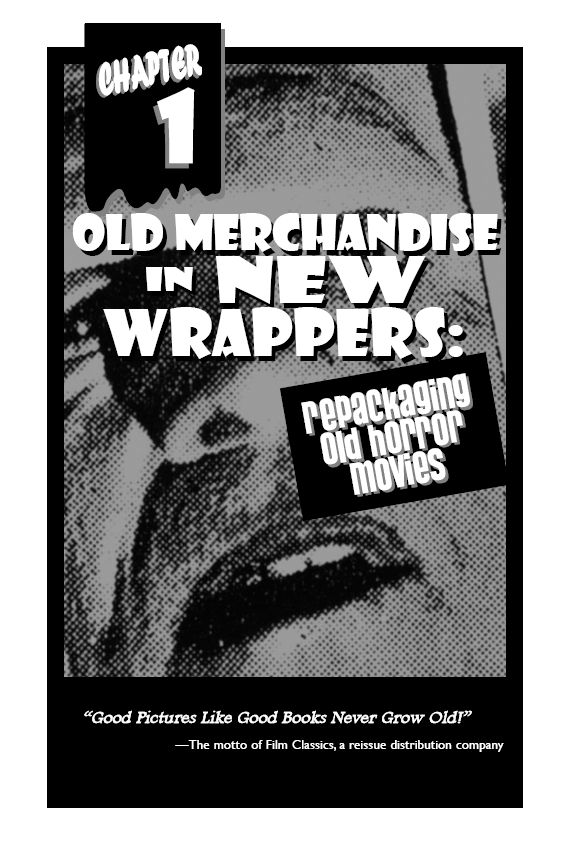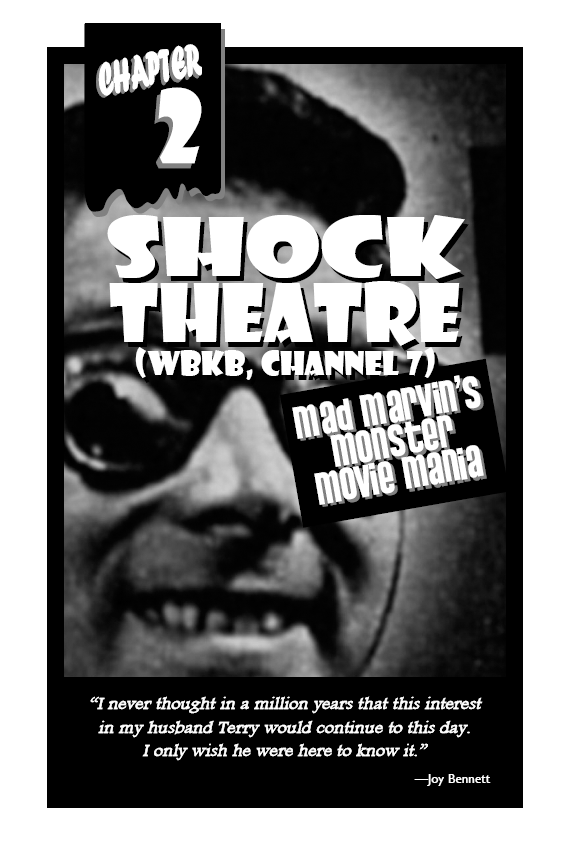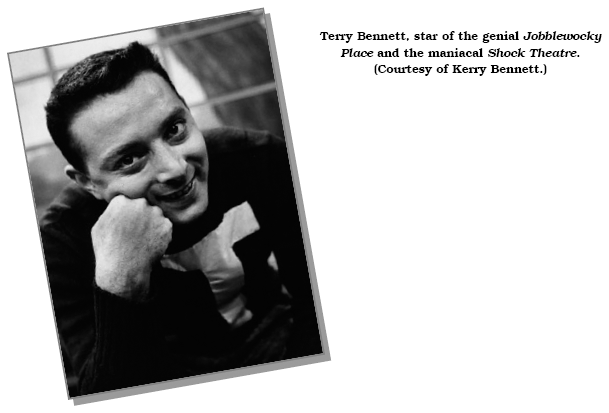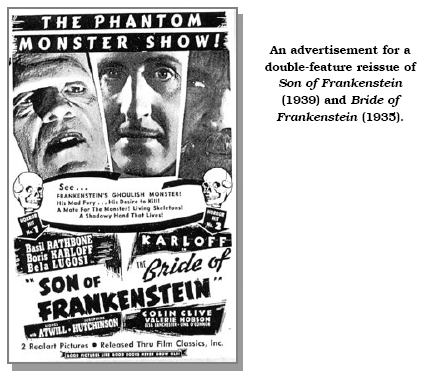
In a 1946 issue of Motion Picture Herald, a Midwest theater owner praised the reissue of two old-time movies: Pardon My Sarong (originally released in 1942), starring Bud Abbott and Lou Costello, and Argentine Nights (from 1940), starring the Ritz Brothers and the Andrews Sisters. It may seem astonishing that films made a mere four to six years earlier could be considered relics, but that was the mind-set of the eraan era in which dozens of new titles reached the big screen each and every week. So any films more than a couple of years old were already looked upon as outdated.
The major movie studios were concerned about their latest releases, not the older titles that had already run their course; despite an occasional rerelease, little was done with them. In time, the older product was licensed to smaller fringe companies that specialized in soliciting bookings for reissue packages. While a number of distributors (such as Favorite Films, Film Classics, and Astor Pictures) worked this peripheral market, none were as ambitious or successful as Realart Pictures. In 1948 Realart secured the reissue rights to the Universal Pictures library, which included the classic Universal monster movies, among them Dracula (1931), Frankenstein (1931), The Mummy (1932), The Invisible Man (1933), and The Wolf Man (1941). As a result, Realart horror thrill-bills were popular attractions in second- and third-run theaters across thenation. Here in Chicago, these fright films played on neighborhood screens all over the city, such as the Mode (pronounced MOE-day) Theater, which was located on North Sheridan Road near Irving Park, and the Oak Theater, formerly at Western and Armitage.
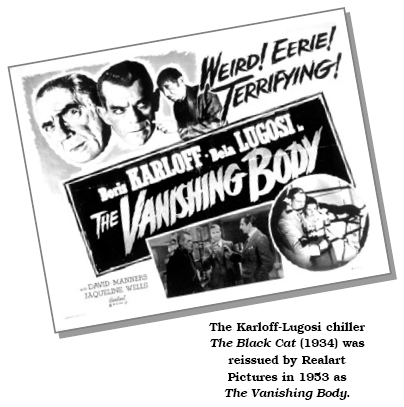
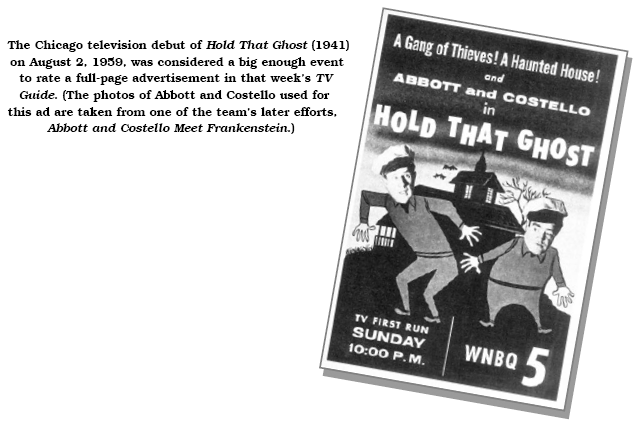
Television was something the motion picture industry initially disparaged and feared. Then the studios began to look upon the medium as a convenient dumping ground for thousands of older titles that were gathering dust in the vaults. As local TV affiliates acquired syndicated film packages, countless morning, afternoon, and evening movie showcases turned up on stations all over the country. These showcases were often named for a specific series (The Charlie Chan Theater, The Sherlock Holmes Theater, The Laurel & Hardy Theater, Blondie), a specific station (The Best of CBS), designated categories (Family Classics, When Movies Were Movies, Academy Award Theater, Mystery Theater, The Action Movie, Men and War, The Gunslingers, The Funky Film Festival), the time of day (The Early Show, The Late Show, Picture For a Sunday Afternoon) or the week (The Movie of the Week ran every selected title for seven consecutive days) or theseason (Summer Movie), or a local TV personality (The Ray Rayner Theater) or a local sponsor (Courtesy Theatre, sponsored by Courtesy Motors).
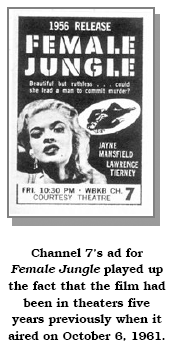
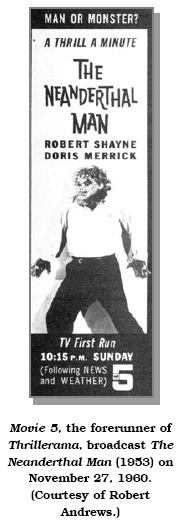
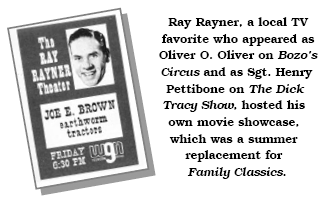
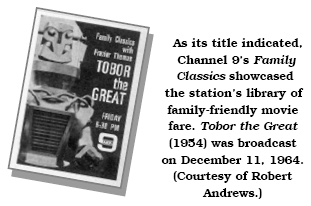
One of the most popular genres among TV viewers was the horror movie, and stations offered showcases such as Shock Theatre, Creature Features, and Chiller Theater. This television exposure resulted in a nationwide revival of vintage fright films, a phenomenon that did not go unnoticed by the publishing industry. Magazines such as Famous Monsters of Filmland (which began in 1958), Castle of Frankenstein (started in 1962), Fantastic Monsters of the Films (also 1962), and Gore Creatures (1963; later became Midnight Marquee) created a spectacular reinterest in horror moviesand the actors who appeared in themwhile hyping current releases from American International Pictures and Britains Hammer Films.
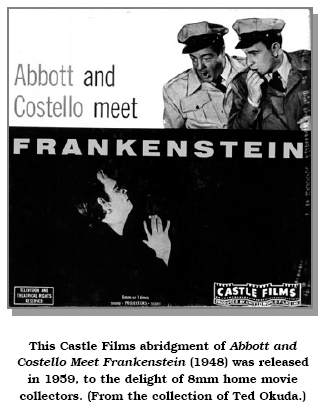
Another milestone for monster movie fans was the release of Abbott and Costello Meet Frankenstein to the home movie market in 1959. Castle Films, then the leading manufacturer and distributor of movies for the private collector, offered this condensation of the 1948 feature-length film in both 12-minute (Complete Edition) and three-minute (Headline Edition) abridgments in the 8mm home movie format.
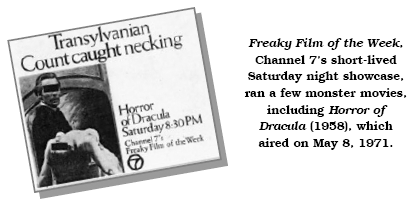

Founded by Eugene W. Castle, Castle Films, which had been affiliated with Universal Pictures since the late 1940s, offered cartoons, travelogues, newsreels, sports reels, and abridgments of Universal features in 8mm and 16mm. Abbott and Costello Meet Frankenstein marked the first Castle release to contain footage of classic Universal monsters (in addition to the Frankenstein Monster, Bud and Lou encounter Count Dracula and the Wolf Man); it quickly became one of the companys top sellers, and Castle followed it up with digest versions of Dracula, Frankenstein, Bride of Frankenstein, The Mummy, The Invisible Man, and several others. (For more on Castle Films and 8mm movies, see .)
Our interest in collecting 8mm digests, in reading the monster magazines, in building model kits of movie monsters (the cool ones made by the Aurora Model Company), in buying monster trading cards (which were like baseball cards, only with scenesfrom horror movies on them), and in monster films in general was fueled by what we saw on Chicagos TV horror movie programs. Programs like WBKBs Shock Theatre.

Titles like Shock Theatre and Creature Features were used for Chicago horror movie programs, although these were not exclusive to our town. Other stations across the country also utilized these stock names.

